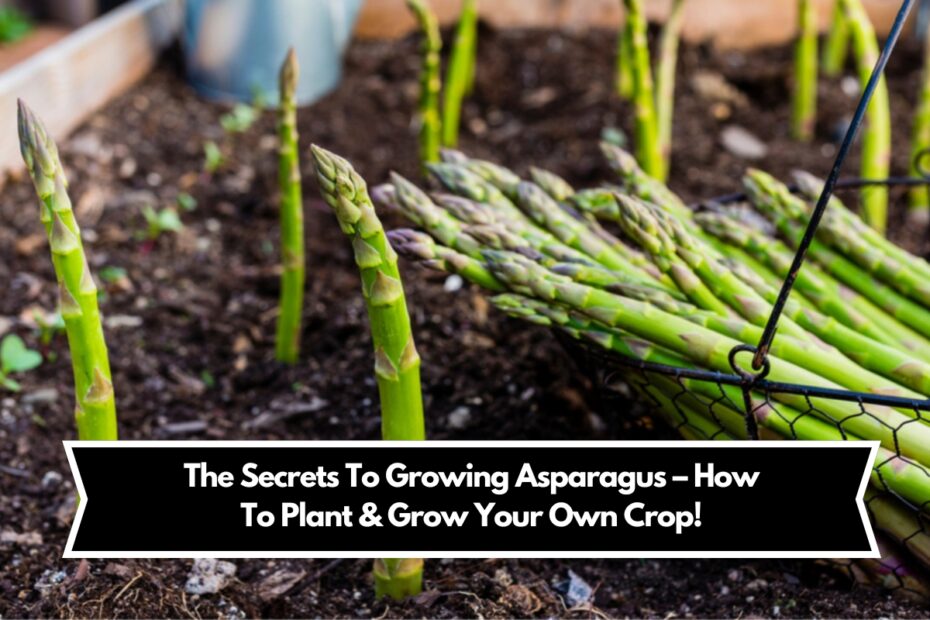Do you wish you could pick soft, tasty asparagus from your own garden? Not only is growing asparagus fun, but it is also an investment in a big crop in the future. With a little planning and care, this perennial vegetable can grow well in your yard. It tastes great and is very good for you.
1. Choosing the Right Asparagus Variety
Choose a kind that is appropriate for the climate in which you live. The majority of asparagus is most successful in temperate regions.
2. Preparing the Soil
Soil Type: Asparagus thrives on sandy loam soil that has a pH ranging from 7.0 to 8.0 and has good drainage.
As part of the preparation, remove any weeds and debris from the planting area. Compost or manure that has been allowed to decompose will enhance the soil.
3. Planting Asparagus Crowns
When it comes to timing, plant crowns of asparagus, which are roots that are one year old, in the early spring as soon as the soil can be worked.Dig trenches that are 12-18 inches deep and 12-18 inches broad using the depth method.
Separate the crowns by six to twelve inches. When planting, create a trench in which the roots are spread out and cover them with two inches of earth. As the plants continue to develop, gradually fill the trench.
4. Watering and Fertilizing
The soil should be kept continuously moist, but it should not be waterlogged from watering. It is essential to water asparagus on a consistent basis, particularly during dry months.
The application of a well-balanced fertilizer should be done in the early spring. When autumn arrives, additional manure or compost can be put to the soil.
Also read:-How To Store Extra Seeds Properly – And Just How Long Do Seeds Really Last?
5. Caring for Your Asparagus Plants
The space surrounding the asparagus bed should be kept clear of weeds at all times. Both water and fertilizers are in competition with weeds. Mulching: Spread a layer of mulch over the soil to prevent weeds from growing and to seal in moisture.
6. Harvesting
When it comes to timing, you should wait until the second or third year after planting to harvest. It is because of this that the plants are able to develop a robust root system.
Take spears and cut them when they are between 6 and 8 inches tall. To harvest for four to six weeks in the spring. Permit certain spears to develop into ferns so that photosynthesis can take place.
7. Post-Harvest Care
After the harvest season is over, allow the ferns to come into their own. They contribute to the accumulation of the plant’s energy reserves for the next year. As part of your winter care, prune any dead ferns in the late fall or early spring, before the shoots begin to develop again.
8. Troubleshooting Common Issues
Watch watch for rust and asparagus bugs, both of which are pests. In the event that it is required, apply the appropriate organic or chemical chemicals. In order to avoid illnesses such as Fusarium wilt, it is important to maintain proper garden hygiene and rotate crops occasionally.
Conclusion
If you follow these measures, you will be able to enjoy a productive asparagus bed for a considerable amount of time. In relation to the cultivation of asparagus, do you have any specific questions?
